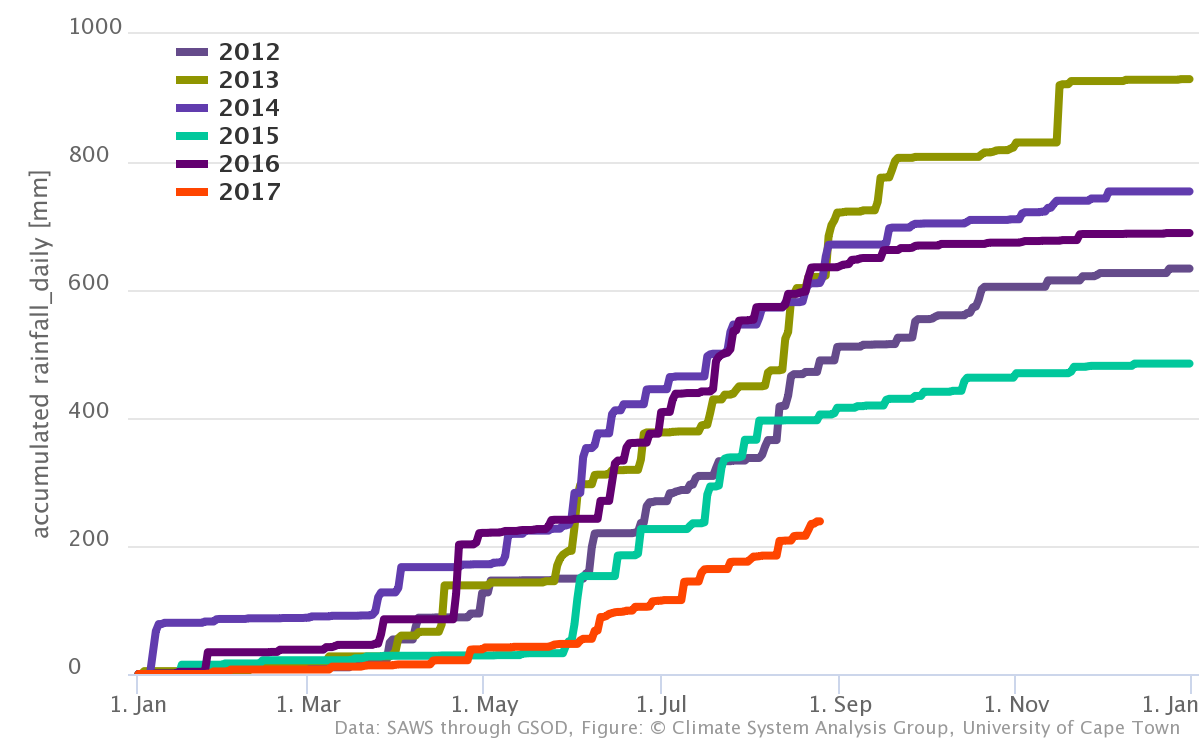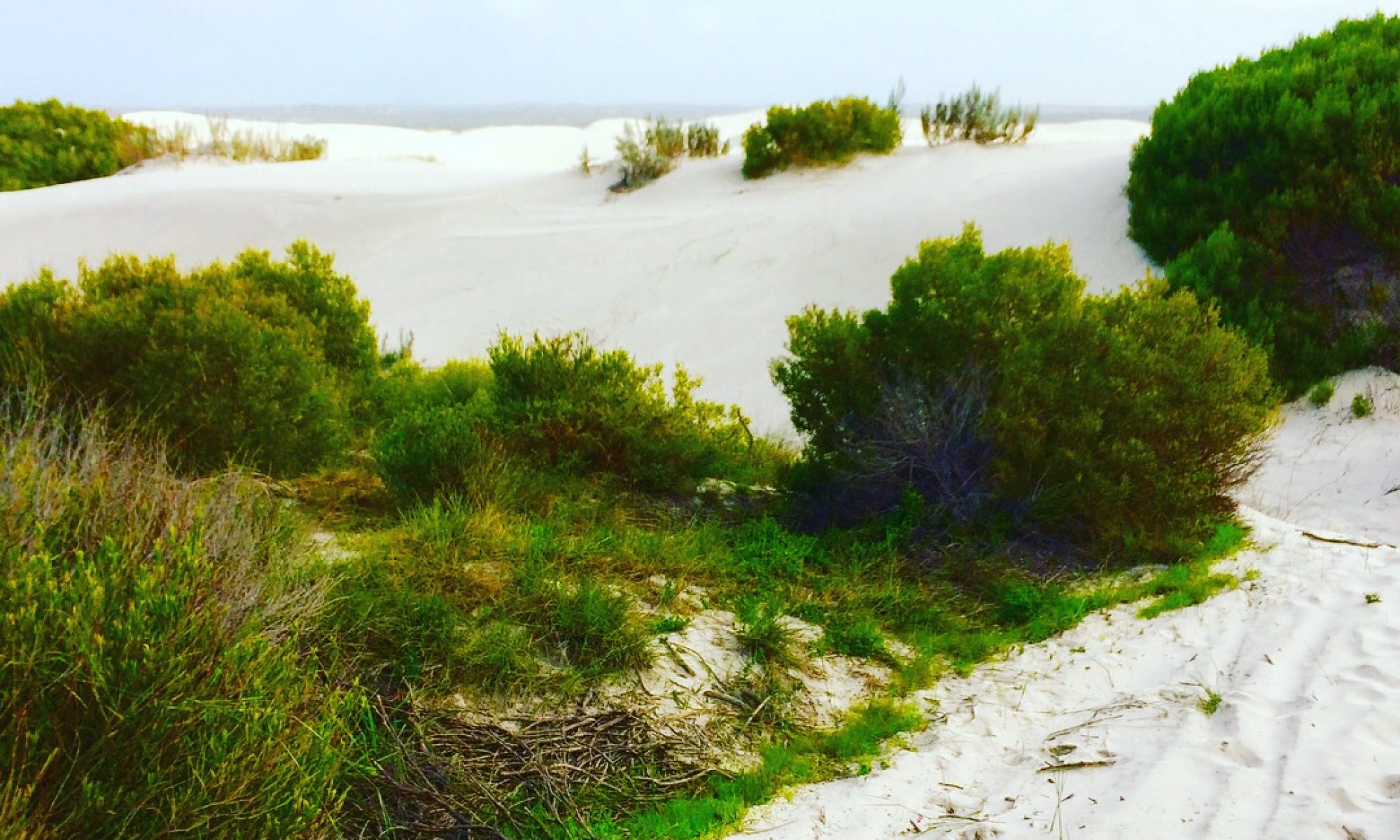
The accumulated rainfall in the Western Cape is showing a decline as compared to previous years and as mentioned by the Western Cape government report (2017) it shows that in 2015/16, South Africa recorded its worst drought since 1904 and the impacts were very severe in the Western Cape province. The severe drought was a result of El Nino weather pattern which has led to rainfall variability and increased water scarcity. Predictions for the Western Cape province shows that the weather is still going to change for the worst in the coming years and this will require good management of water resources (Botai et al., 2017). The predicted decrease in precipitation in the Western Cape province will result in reduced runoff into rivers and reduce recharge of aquifers. Increased temperatures and evaporation rates will contribute to the yield reduction of surface water and groundwater systems



